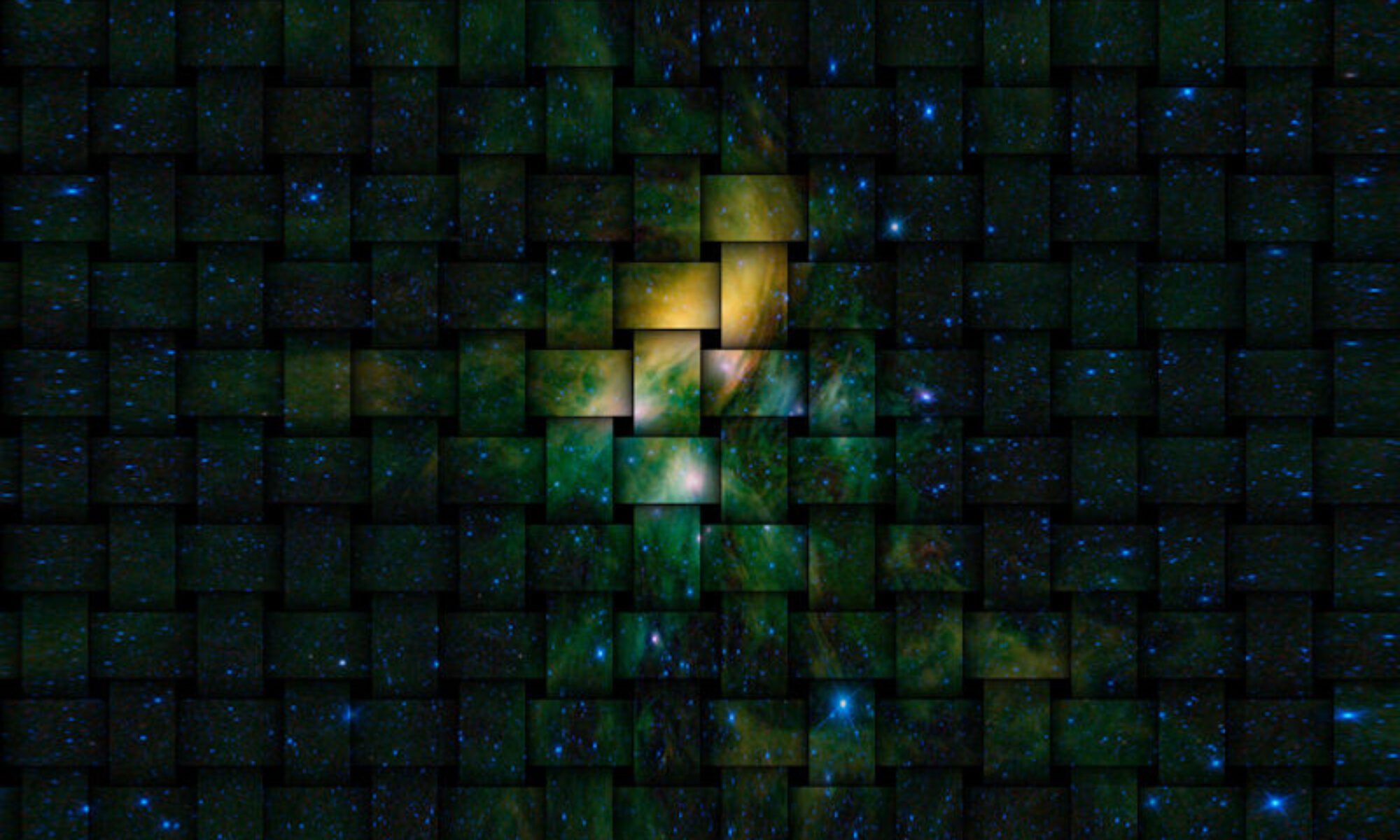There is much you can do to avoid conflict, but it always will be there waiting for you until you stop seeing (believing in) it.
Hilarion
♦ ♦ ♦ ♦ ♦ ♦ ♦
It seems like conflict surrounds us. Our spouses and kids argue with us (and we with them). Coworkers tell us things we’d rather not hear. Friends seem (to us) to have uninformed opinions. Politicians disagree on how to resolve local and national problems. Religions differ about whose teachings are “right”.
Conflict doesn’t take much effort to begin, but it requires a lot of energy to defuse. Once started, it seems to take on a life of its own. Seemingly small incidents can escalate like wildfire, and can take quite a bit of talk and negotiation to smooth over. Even then, lingering resentment may simmer below the surface of awareness.
We can try to minimize conflict by not generating it. We can choose our words carefully. We can attempt to reach solutions cooperatively rather than combatively. We can try to keep an open mind when others voice their opinions. We all have strategies we use to avoid conflict, with some degree of success.
We have days where we’re more successful and days when we’re less successful in limiting the conflict in our lives. If we struggle to remain outside of conflict, we may feel we’re fighting against our inner self, instead. It often seems that conflict is unavoidable; it appears to be part of human nature. It may look like it is impossible to opt out of conflict.
Conflict begins in our mind—our physical mind—and it has its beginning in separation consciousness. It all starts with the belief that we are alone and separate from everyone and everything else that exists. Divinity seems to be outside of us and the world appears to be a risky place.
We create our existence in keeping with this belief, and we experience fear, lack, resentment, disappointment, and alienation. We may try to be more trusting and positive, but it may feel like quite an effort. The world around us seems to justify further belief in our separation.
Our physical mind (ego) cannot get out of this trap on its own. Luckily, it doesn’t have to. We have help right inside of us, as our sharing within. Everything and everyone in existence is divinely interconnected—the sharing—and everything and everyone has divinity encoded within it as a sharing within.
When we open to conscious communication with our sharing within, we are able to view life from a different perspective. We can experience life in keeping with the truth of our divine interconnection: connection consciousness, which will help us find happiness, trust, contentment, nurturance, and abundance in life. The more we can recognize this connection, the more it magically comes into play in our lives.
It sounds wonderful. How do we get started? We’ll begin with a quick exercise to connect consciously with our sharing within, to ask for help.
We will focus on our heart region and let our breathing become soft and regular. As we inhale, we’ll see golden light in our heart that becomes increasingly brighter. As we exhale, we’ll see the light fill every cell of our bodies and our surroundings, too. We will continue the rhythmic breathing and light visualization until we feel a sense of peace and surety come over us. This is our sign that we’re in conscious connection with our sharing within.
We all have trigger thoughts (which arise from separation belief) that lead us into perceiving and generating conflict. We’ll ask our sharing within to help us identify the one thought we have that most frequently generates conflict in our life. Perhaps we’re afraid of not having enough, perhaps we have a strong need to be right, and perhaps we feel others often take advantage of us. Whatever our most common trigger thought is, we’ll ask our sharing within to show it to us clearly.
Next, we’ll ask our sharing within to help us out with a visualization to neutralize the separation trigger thought. We will ask that it be quick, simple and fun. Perhaps we’ll be shown a visualization of a giant squid in a cool fedora hat and sunglasses wrapping its tentacles around the thought and immobilizing it. We can be assured that whatever visualization we receive is personally designed to be most effective for us. Humorous visualizations are particularly helpful, so we will be prepared to have fun with this.
Finally, we’ll identify one conflict our trigger thought generated yesterday, and we will overlay our neutralization visualization over the top of it. If we had the option of a redo, what would be choose? Would we rather play out the conflict, or would we rather picture something silly and fun, instead?
Once we’re willing to stop seeing conflict by choosing to visualize something else, we’ll find we experience it less frequently.
♦ ♦ ♦ ♦ ♦ ♦ ♦
Divinely unique and beautiful reader, what type of belief generates most of your conflicts? Please share…
